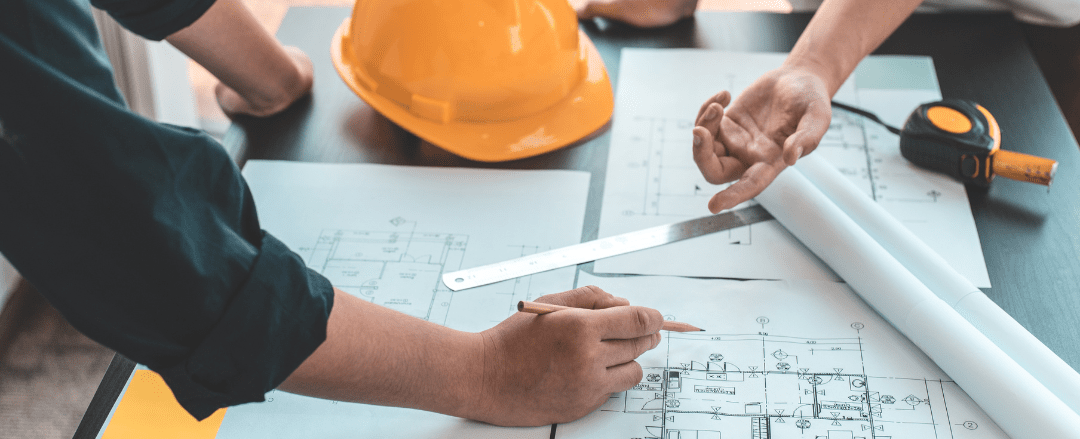What is Section 179D?
Section 179D, the energy-efficient commercial building deduction, is a tax incentive enacted in the Energy Policy Act of 2005. A tax deduction can be claimed for installing energy-efficient equipment into commercial and high-rise residential buildings.
What types of projects fit the criteria for Section 179D?
Any new construction, renovation, or addition projects completed on commercial or high-rise residential (four stories or higher) buildings. The project must impact one or more of the following building systems:
- HVAC and hot water
- Interior lighting
- Building envelope (roof, walls, windows, etc.)
Who can allocate a Section 179D deduction?
Initially, only government entities were eligible to allocate the Section 179D deduction. The Inflation Reduction Act of 2022 extended eligibility to give the Section 179D deduction to other tax-exempt entities. Examples of tax-exempt entities that can allocate the Section 179D deduction include:
- Indian tribal governments
- Alaska native corporations
- Religious organizations
- Charter schools
- Hospitals
- Fraternal and social organizations
- Other non-profit organizations
To who can I allocate a Section 179D deduction?
Because government and tax-exempt entities do not pay taxes and therefore cannot utilize a tax deduction, they can allocate the Section 179D deduction to a designer of the energy-efficient property. A designer, as defined by the tax code, is anyone who creates the technical specifications for installing energy-efficient commercial building property. Designers can include, but are not limited to:
- Architects
- Engineers
- Contractors
- Energy service providers
- Environmental consultants
What am I responsible for when allocating a Section 179D deduction?
- Selecting who will receive the Section 179D allocation for a project: It is the building owner’s discretion as to who should receive the Section 179D allocation. The allocation can be given to one party primarily responsible for the design or shared among several parties.
- Reviewing and executing the Section 179D allocation: The tax code requires an allocation request to be in writing and to contain specific information regarding the project and authorized representatives for both the building owner and designer.
- Reducing the basis of the building: After the Section 179D analysis, the building owner must reduce the basis of the energy-efficient commercial building property by the amount of the Section 179D deduction allocated.
- Keeping a record of allocations: The government or tax-exempt entity should keep records of all Section 179D allocations to ensure they have not exceeded the maximum deductions allowed.
How can Calvetti Ferguson help with Section 179D?
- Building a process: Work together to create a standard to communicate to your organization and any interested designers who may claim the Section 179D deduction. Here are a few items to consider when building a process:
-
- Who is eligible to request the Section 179D deduction?
- Who in the organization will be the authorized signer?
- When should the request for the Section 179D allocation be made?
- How will we track the allocations and resulting deductions?
- Having a trusted advisor: Partner with a CPA firm that is an expert in the tax code and Section 179D requirements to ensure you stay compliant.
- Educating your organization: Receive education and training for your team to ensure they understand the requirements and process for participating in the Section 179D program.
Contact us
Section 179D is a powerful tax incentive allocated to design and construction firms focused on increasing energy efficiency. Participating in the Section 179D program can be simple and allows these tax benefits to go back to the local economy. If you are interested in learning more about the program and how to build a process that is right for your organization, please reach out to our tax incentives team at Calvetti Ferguson. We have experts on staff who have assisted hundreds of organizations with the Section 179D allocation process.

